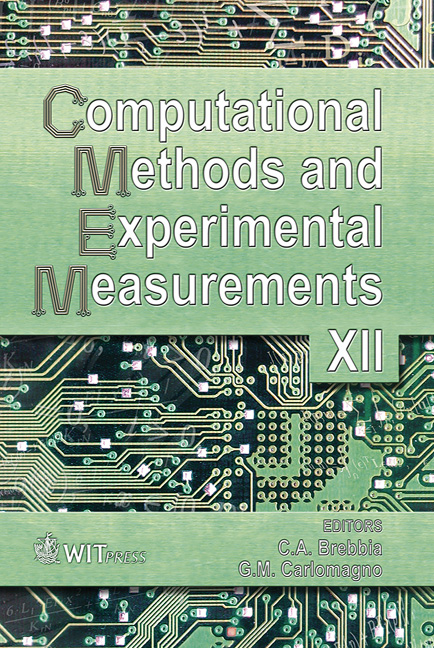A Mathematical And Experimental Study Of Rock Bump Mechanics
Price
Free (open access)
Transaction
Volume
41
Pages
10
Published
2005
Size
3,429 kb
Paper DOI
10.2495/CMEM050391
Copyright
WIT Press
Author(s)
J. Vacek & S. Sedláčková
Abstract
This paper deals with the behaviour of open rock that occurs, for example, during longwall mining in coal mines, in deep tunnel, or shaft excavation. Longwall instability leads to extrusion of rock mass into an open space. This effect is mostly referred to as a bump, or a rock burst. For bumps to occur, the rock has to possess certain particular rock burst properties leading to accumulation of energy and the potential to release this energy. Such materials may be brittle, or the bumps may arise at the interfacial zones of two parts of the rock, that have principally different material properties. The solution is based on experimental and mathematical modelling. These two methods have to allow the problem to be studied on the basis of three presumptions: The solution must be time dependent. The solution must allow the creation of crack in the rock mass. The solution must allow an extrusion of rock into an open space (bump effect). Keywords: rock burst, bump, mining, rock mechanics, mathematics and physical modelling. 1 Introduction Bump is the most dangerous event, that can occur during excavation works. During bump is into underground open space with severe force extrude surrounding rock. This can hurts or kills mining workers and destroys excavation space. Therefore is study of this problem very important for theory and praxis. For bump occurrence is necessary sufficient high pressure in bump place (usually great depth, but also tectonic pressure) and rock must be brittle and must have disposition for bump (properties, that allow creation of bumps).
Keywords
rock burst, bump, mining, rock mechanics, mathematics and physical modelling.





